This article was co-authored by David Williams. David Williams is a Professional Beekeeper and Bee Removal Specialist with over 28 years of beekeeping experience. He is the Owner of Bzz Bee Removal, a bee removal company based in the San Francisco Bay Area. Bzz Bee Removal locates, captures, and transports bees to local beekeepers to prevent colony collapse disorder.
This article has been viewed 212,344 times.
Bee stings are painful enough, but leaving the stinger in your skin can cause further pain. Since bees release venom through their stingers, it's important that you remove the stinger from your skin as quickly as you can. After removing the stinger you can treat localized reaction symptoms. If you have severe allergy symptoms, seek medical attention immediately.
Steps
Removing the Stinger
-
1Call emergency medical help if you have severe allergic symptoms. If you have a history of severe allergic reactions to bee stings and carry an epinephrine auto injector, known as EpiPen, use it immediately.[1] If you are experiencing any of the following symptoms, get emergency medical attention[2] :
- Dizziness or faintness
- Difficulty breathing
- Swollen tongue
- Hives
-
2Scrape across the stinger using a flat edge. Use the edge of a credit card, your fingernail, or a blunt knife to scrape over the stinger, which looks like a small black dot.[3] Scraping across will actually pull the stinger out and to the side.
- Scraping across the stinger prevents the venom sack from releasing more venom down into the sting.[4]
Advertisement -
3
Treating the Sting Site
-
1Apply hydrocortisone cream. Gently wash the site with mild soap and water. Then, apply a thin layer of hydrocortisone cream to minimize any reaction you might have.
- For a more natural treatment, you can mix baking soda and water until it forms a thick paste. Spread this over the sting site.[7]
-
2Use honey. If you don't have hydrocortisone on hand, spread pure honey over the sting site. Place gauze or a small cloth over it and let it sit for up to an hour before rinsing off.[8]
-
3Apply toothpaste. Toothpaste is another natural alternative to neutralize the venom of a bee sting. Simply dab a little toothpaste over the sting site, place gauze or a small cloth over it, and let it sit for 20 to 30 minutes. Then, rinse the toothpaste off.[9]
-
4Take acetaminophen or ibuprofen. This will help relieve some of the pain. Be sure to follow the package instructions regarding dosage.
- For children, consult with your pediatrician for appropriate dosing of acetaminophen or ibuprofen.
-
5Take an antihistamine. This may reduce the severity of a reaction. You can take something like Benadryl (diphenhydramine) or apply calamine lotion to reduce itchiness.[10]
Expert Q&A
Did you know you can get premium answers for this article?
Unlock premium answers by supporting wikiHow
-
QuestionHow can I prevent a bee from stinging me?
 David WilliamsDavid Williams is a Professional Beekeeper and Bee Removal Specialist with over 28 years of beekeeping experience. He is the Owner of Bzz Bee Removal, a bee removal company based in the San Francisco Bay Area. Bzz Bee Removal locates, captures, and transports bees to local beekeepers to prevent colony collapse disorder.
David WilliamsDavid Williams is a Professional Beekeeper and Bee Removal Specialist with over 28 years of beekeeping experience. He is the Owner of Bzz Bee Removal, a bee removal company based in the San Francisco Bay Area. Bzz Bee Removal locates, captures, and transports bees to local beekeepers to prevent colony collapse disorder.
Beekeeper & Bee Removal Specialist
-
QuestionI was stung by a bee on my head and can't pinpoint exactly where the stinger is. What should I do?
 Jennifer Boidy, RNJennifer Boidy is a Registered Nurse in Maryland. She received her Associate of Science in Nursing from Carroll Community College in 2012.
Jennifer Boidy, RNJennifer Boidy is a Registered Nurse in Maryland. She received her Associate of Science in Nursing from Carroll Community College in 2012.
Registered Nurse
-
QuestionHow can I tell if I have a bee sting?
 Jennifer Boidy, RNJennifer Boidy is a Registered Nurse in Maryland. She received her Associate of Science in Nursing from Carroll Community College in 2012.
Jennifer Boidy, RNJennifer Boidy is a Registered Nurse in Maryland. She received her Associate of Science in Nursing from Carroll Community College in 2012.
Registered Nurse The only way to know for sure you got stung by a bee (if you didn’t actually see it) is if the stinger was left behind. If you don’t see a stinger, but have localized pain with a small red dot, it is likely the result of a bee. If you have a history of allergic reaction to bees and suspect you were stung by a bee, use your epinephrine auto-injector (if available) and seek immediate medical attention.
The only way to know for sure you got stung by a bee (if you didn’t actually see it) is if the stinger was left behind. If you don’t see a stinger, but have localized pain with a small red dot, it is likely the result of a bee. If you have a history of allergic reaction to bees and suspect you were stung by a bee, use your epinephrine auto-injector (if available) and seek immediate medical attention.
References
- ↑ http://www.medicinenet.com/epinephrine_auto-injector/article.htm
- ↑ http://www.webmd.com/first-aid/allergy-insect-sting-treatment
- ↑ http://www.medicinenet.com/bee_sting_treatment-page2/views.htm
- ↑ http://www.ars.usda.gov/Research/docs.htm?docid=11067
- ↑ http://www.medicinenet.com/bee_sting_treatment-page2/views.htm
- ↑ http://www.webmd.com/first-aid/allergy-insect-sting-treatment
- ↑ http://www.medicinenet.com/bee_sting_treatment-page2/views.htm
- ↑ http://www.motherearthnews.com/natural-health/bee-sting-treatment-zbcz1310.aspx
- ↑ http://www.motherearthnews.com/natural-health/bee-sting-treatment-zbcz1310.aspx
About This Article
To remove a bee stinger, use a flat edge, like a credit card or your fingernail, to scrape over the stinger, which will look like a little black dot. Continue scraping until the stinger is pulled out. Alternatively, pull the stinger out with tweezers, taking care not to squeeze the exposed end, since it could release more venom into your skin. After removing the stinger, apply ice to the area and keep it elevated if possible. For tips from our Medical reviewer on how to treat your bee sting with things you probably have on hand, like honey or toothpaste, read on!
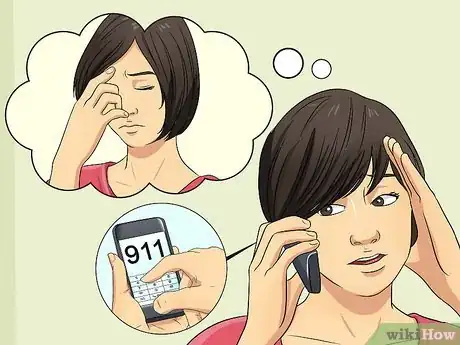
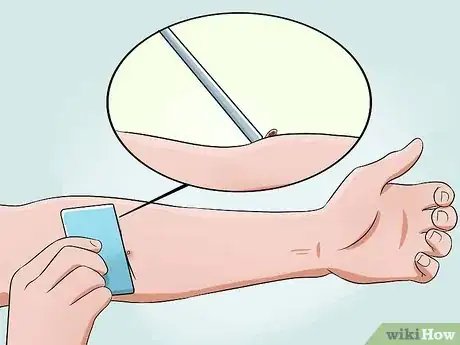
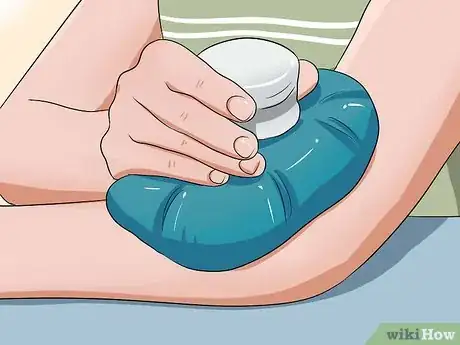
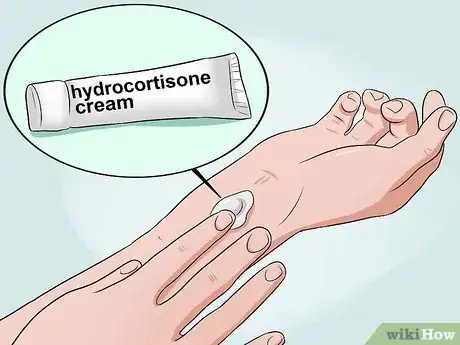
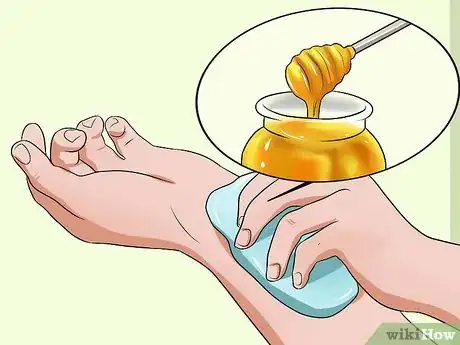
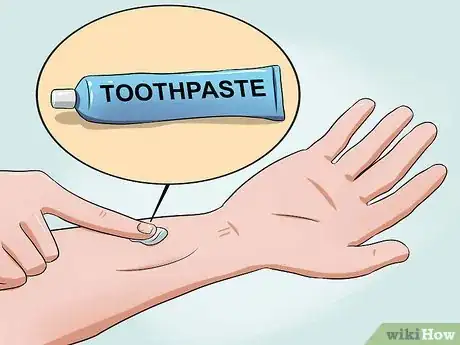
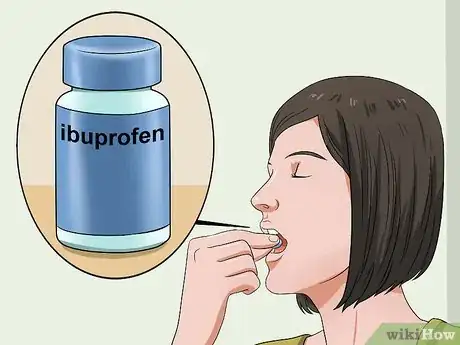
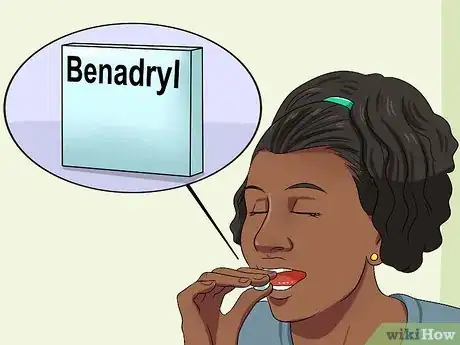
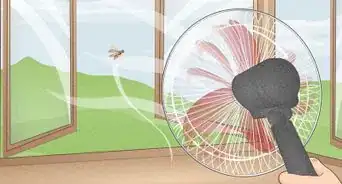
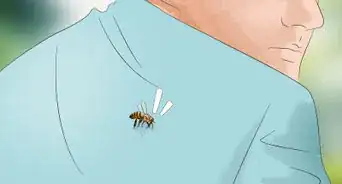
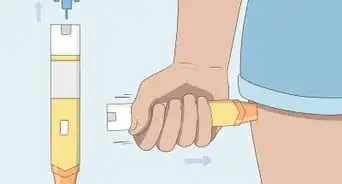
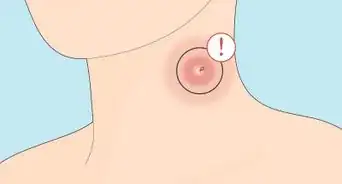
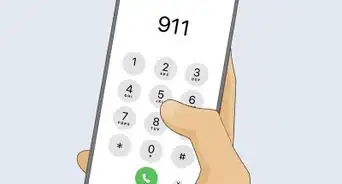
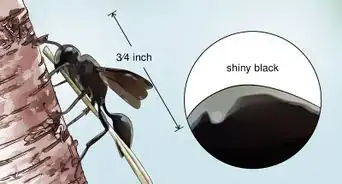
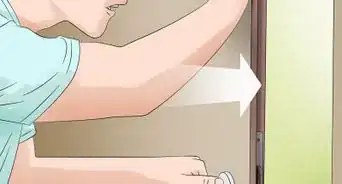
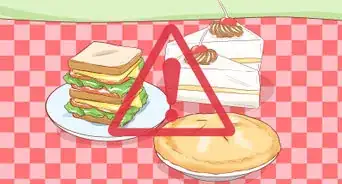
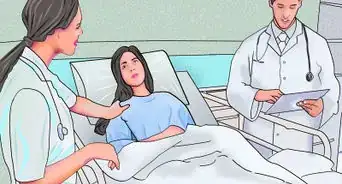
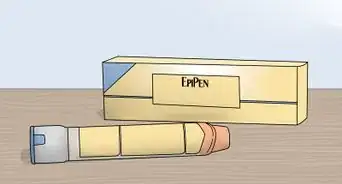
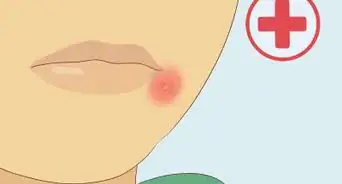
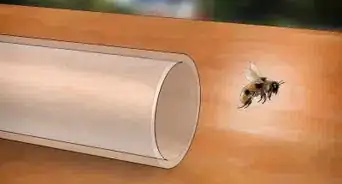
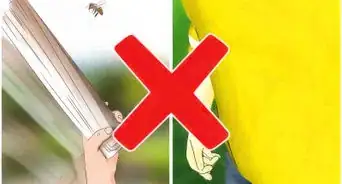
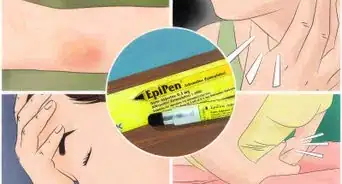









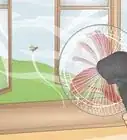
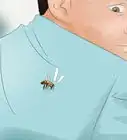
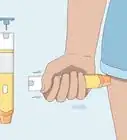
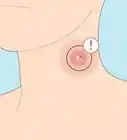



































Medical Disclaimer
The content of this article is not intended to be a substitute for professional medical advice, examination, diagnosis, or treatment. You should always contact your doctor or other qualified healthcare professional before starting, changing, or stopping any kind of health treatment.
Read More...